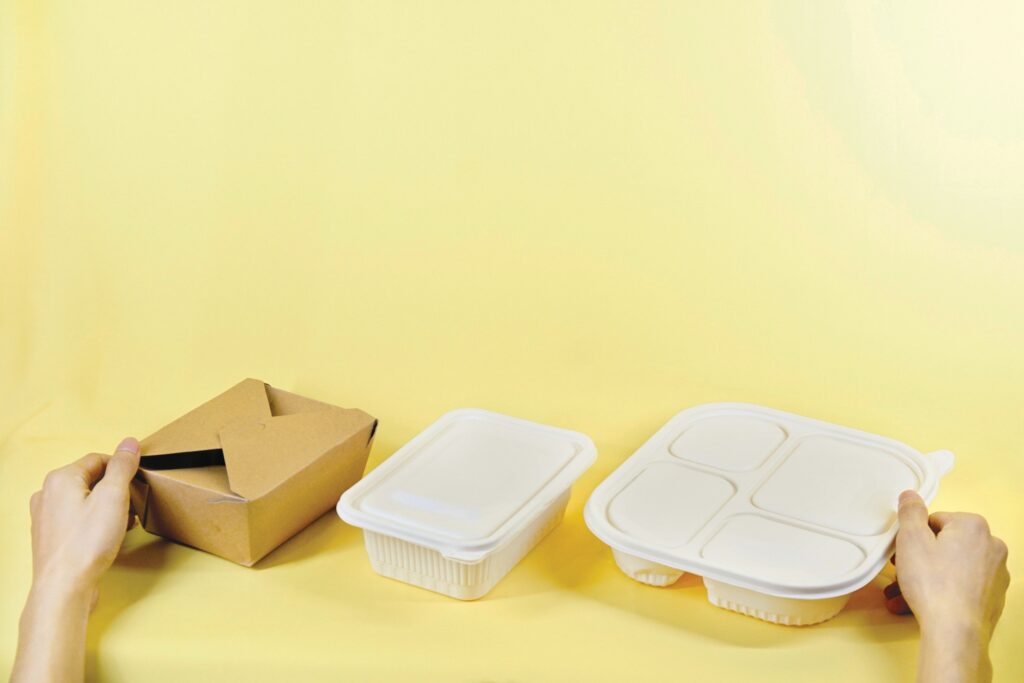After discovering self-service grocery stores in the USA in the 1920s, Ruben Rausing set about forming a packaging company in Sweden with fellow entrepreneur Erik Åkerlund. Sensing that pre-packed food was the future of food retail, the pair quickly bought a rundown packaging factory to manufacture alternatives to the glass bottles and poorly administered paper wraps that were the norm in European stores at the time.
Over the following years, Rausing and Åkerlund set about designing a tetrahedron-shaped paper packaging carton, which, as well as inspiring the name of the company, would go on to transform the distribution of food around the world.
And that’s no understatement. Today, Tetra Pak operates in 160 countries through its 29 companies. By 2019, it recorded worldwide sales of EUR 11.5bn thanks in part to its most popular product, the Tetra Brik Aseptic, which has been a bestseller since the 1970s. By 2022, total sales had reached EUR 12.5bn – which amounts to 193 billion packages.
Despite changing the game in the 1940s, the company has continued to innovate ever since. Tetra Pak’s 25,000 employees remain committed to putting their skills and capabilities towards creating the world’s most sustainable food package, as well as developing all the systems and processes needed to support it.
As part of this commitment, the company joined the European Alliance for a Green Recovery, setting goals to achieve net zero operations emissions by 2030 and net zero value chain emissions by 2050.
